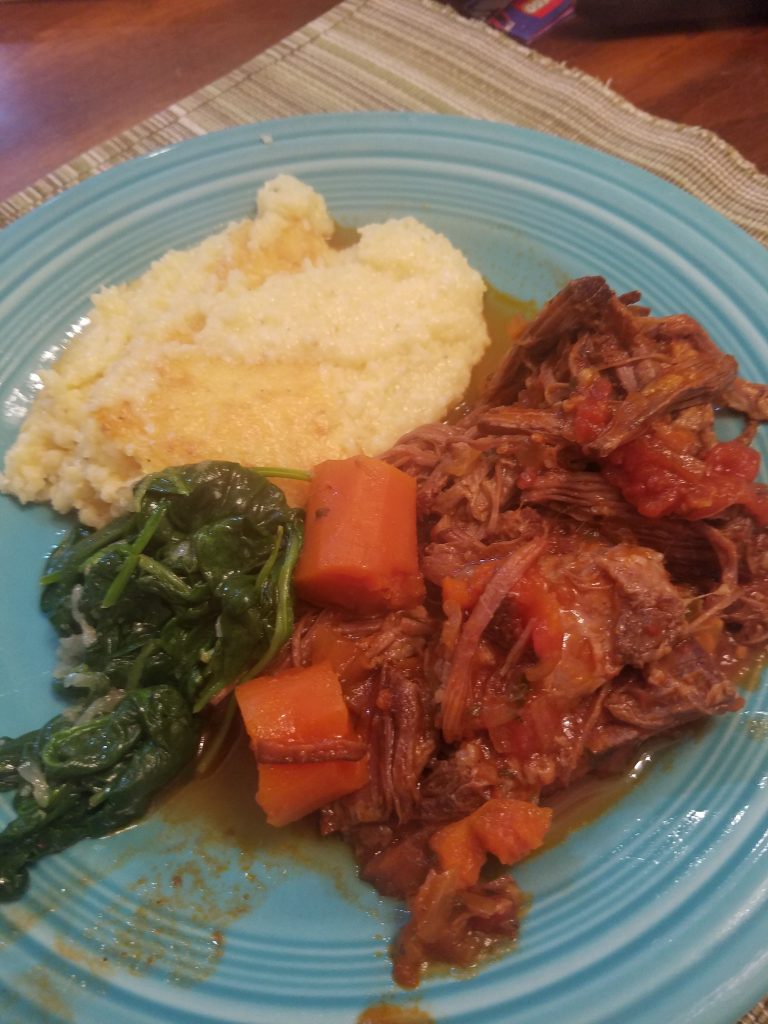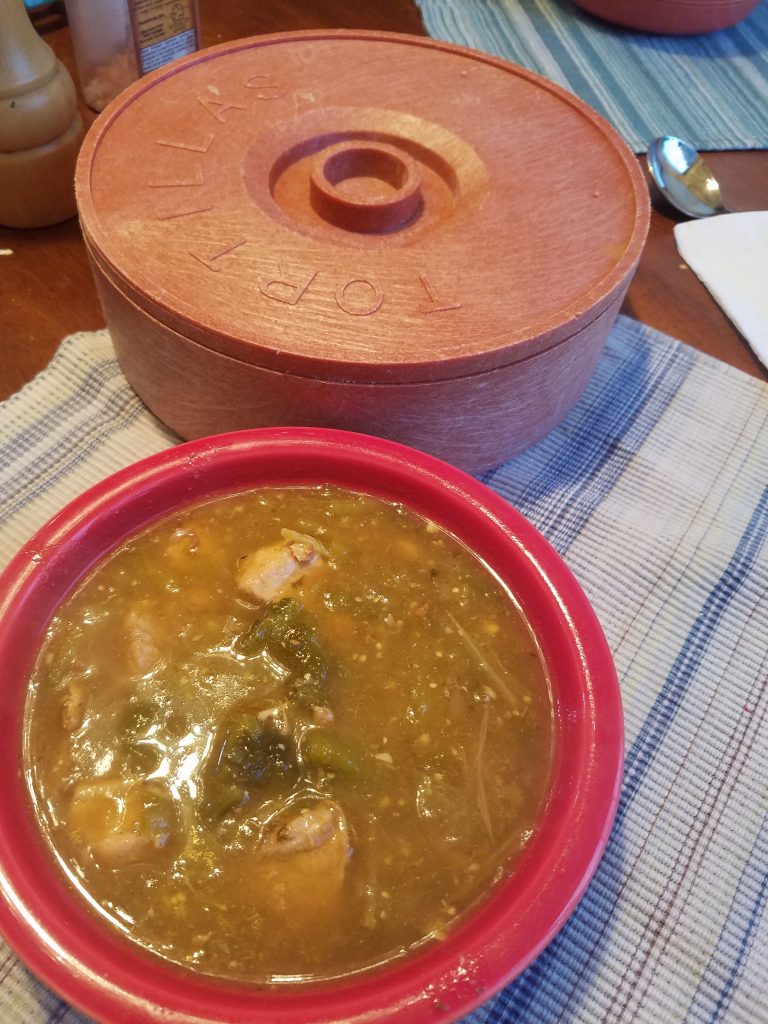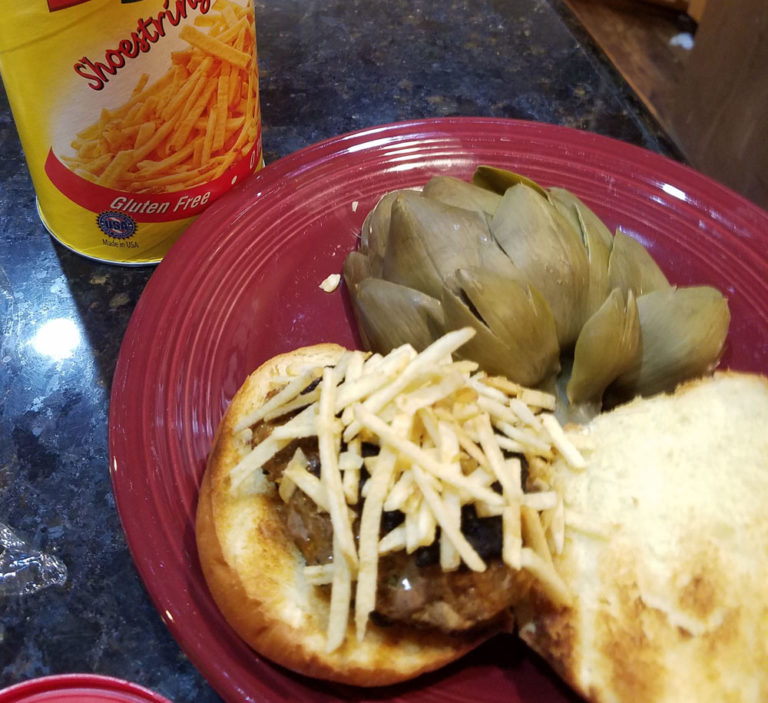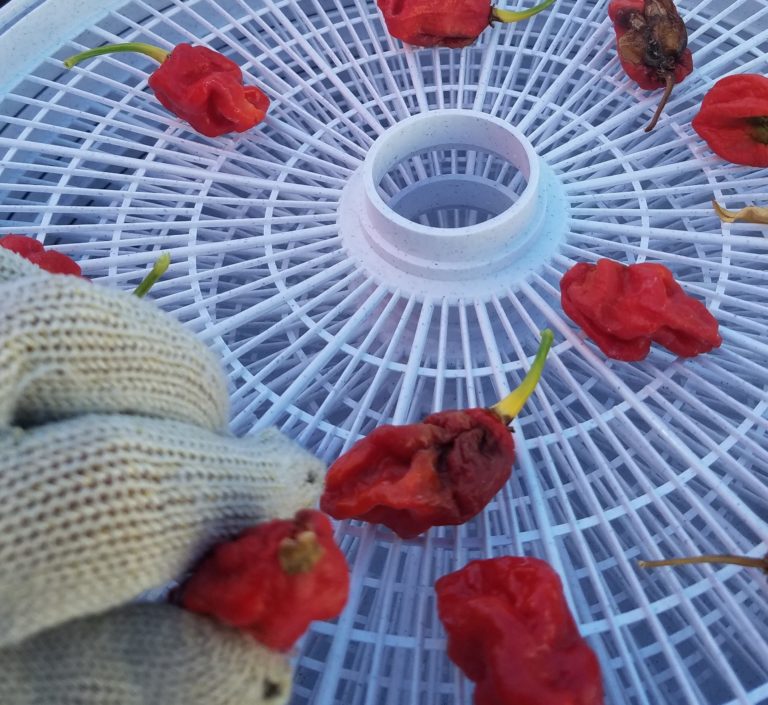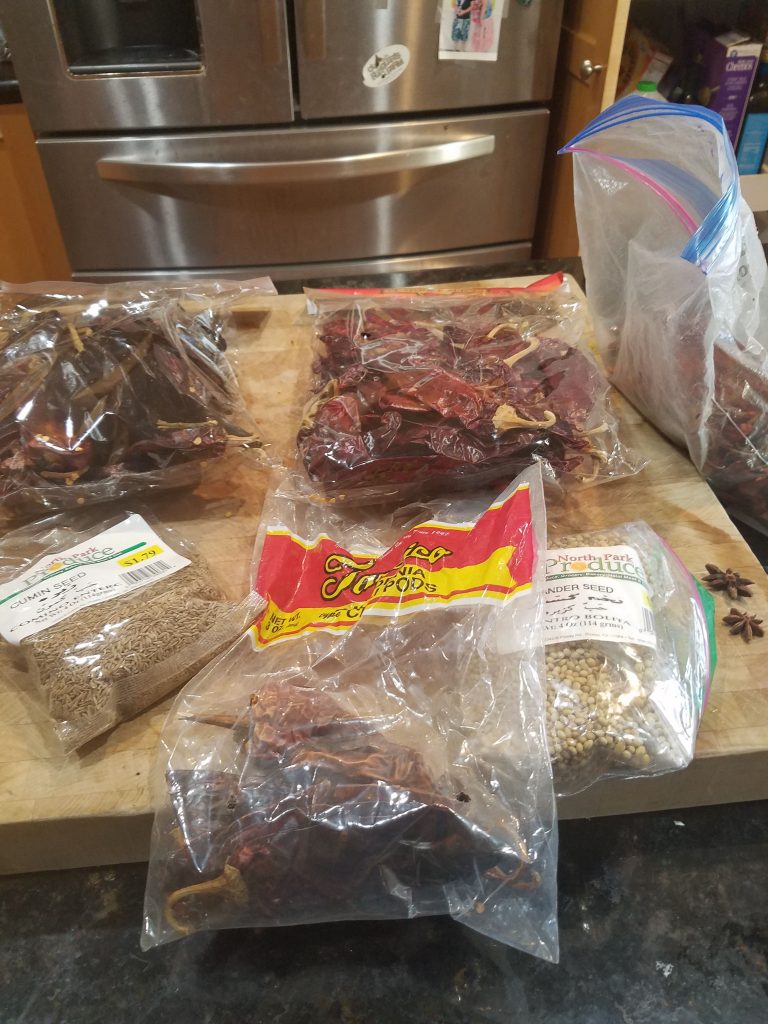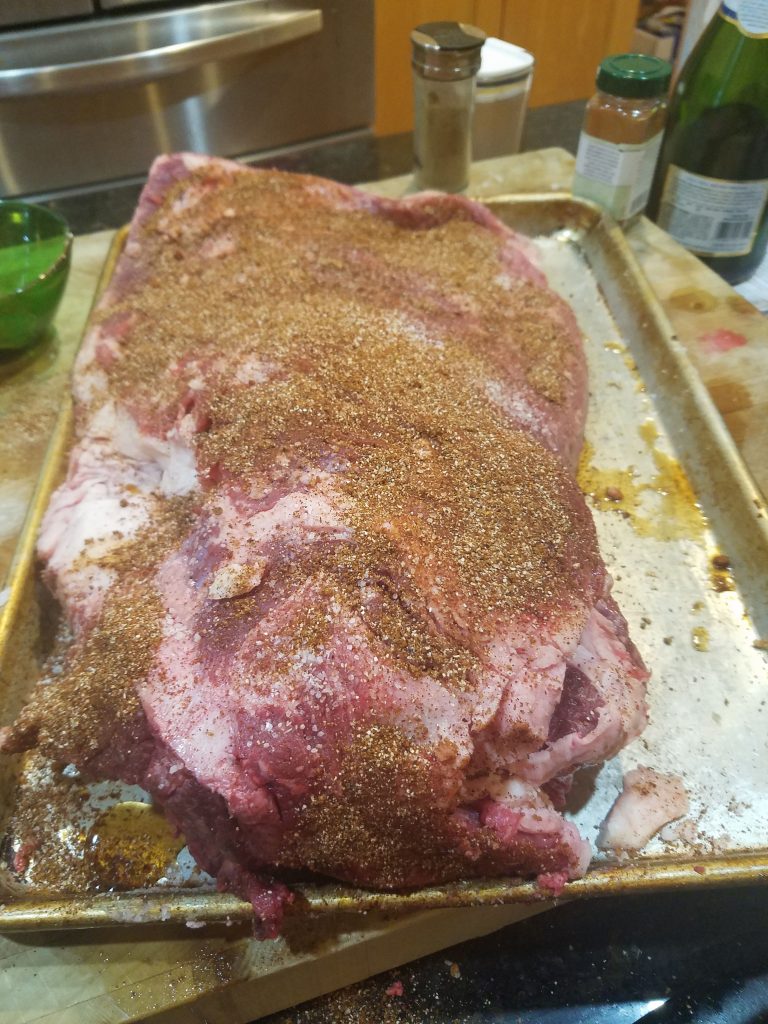Cole Cooks: Italian Bolognese Sauce
Italian Bolognese Sauce is probably my favorite pasta sauce. I have tried the real thing in Italy and, on very rare occasions, at restaurants in the United States. Unfortunately, what generally passes for bolognese sauce in America is simply plain old meat sauce. Over the years I have developed my own Bolognese Sauce recipe and I am confident it is a fairly accurate rendition.
Bolognese sauce comes from the Emilia-Romagna area of Italy, whose capital city is Bologna. I will admit I have never actually tried bolognese sauce in Emilia-Romagna. My experience comes from eating it in Tuscany. On our last trip to Italy we made a point of stopping in a small town outside of Bologna at a restaurant that the guidebooks said had a great version of the real thing. Alas, there was a festival going on in the town and the restaurants were closed. Nevertheless, I feel I have a pretty good understanding of what the real thing is supposed to taste like.
My version of bolognese sauce has been in development for almost 20 years. It was inspired by a great pasta making cookbook, Pasta Tecnica published in 1982 by Pasquale Bruno. It was adjusted via inspiration from the cookbook Essentials of Classic Italian Cooking (Hardcover)–by Marcella Hazan [1992 Edition]
by the late, great Marcella Hazan (Hazan was from Emilia-Romagna).
Making bolognese sauce is a time-consuming fare. There is an active period of about one hour where you sauté vegetables, brown meat and reduce liquids. After that the sauce needs to simmer on very low heat for 4 hours. The good news is the simmering part is hands off. This is a great recipe to make a day ahead. I think you can make the sauce in a slow cooker, or even a pressure cooker, but that will not cut down on the hands-on time.
During the 45 minutes or so I had while the liquid reduced I did some research into Bolognese sauce. This actually confirmed many of the things I was fairly sure I knew about the sauce. One thing I learned is that, even in Italy, there are many variations. There is no right way to make Bolognese, but there are lots of wrong ways. I also came across an official recipe from the Bologna Chamber of Commerce.
Over the years, I have looked at many recipes for bolognese sauce. Most all of them have beef, milk and wine as key ingredients. In addition, many call for pancetta and a mixture of meats. Almost all recipes have what is known in Italy as a soffritto, which is a mix of carrots, celery and onion.
Issues that I have experimented with are:
- Do you add the milk or wine first? I have tried both and find adding the milk first works best. One recipe I ran across claims it helps tenderize the meat and I tend to agree.
- Do you add seasonings, and if so what? Many recipes only call for salt and pepper. Lots of recipes add nutmeg, including mine and Hazan’s. Sometimes I add oregano and basil, just because. I also use Paul Prudhomme’s Meat Magic, once again just because I want my own custom touch.
- Do you add cream or milk at the end? Lots of recipes claim this is a big no-no. I do it and think it adds immensely to the flavor. To me a good bolognese is about savory meat with a touch of sweetness and this does the trick.
- What meats do you use? The official recipe and Hazan’s use only beef and pancetta. My recipe, originally from Pasta Tecnica, has always used a mixture beef, veal and pork. There is a crazy recipe from Serious Eats that uses four meats. They replace the veal with lamb and add chicken livers (yuck). On a side note they do add cream at the end (they add a bunch of other weird stuff as well).
- One of the biggest issues I came across was whether to use tomatoes. This was an interesting one. Read on.
I came across this issue when reading an article Mario Batelli wrote for the Chicago Tribune. Batelli claims that you only use tomato paste in a true bolognese sauce. He also says that bolognese is made differently by every cook. I would note in the two recipes of his I came across one uses pancetta, one doesn’t (the above Chicago Tribune version). One carefully adds the milk, reduces it then adds the wine. The other just throws them in both together (again the Chicago Tribune version).
The no tomatoes version seems to actually be a different dish, called white Bolognese. The New York Times published a recipe for it and apparently it caused a stir in Italy. As this article entitled “Italy food purists rage over America’s white ‘bolognese’ from the Local, an Italian expat publication said:
“In the traditional Italian dish, ragù alla Bolognese, tomatoes are very much an essential ingredient and their exclusion has upset food purists, who are tired of seeing ‘Bolognese’ used as an adjective to describe any kind of pasta dish served with minced meat.”
The original recipe is made by frying carrot, onion and celery before ground beef, pork and pancetta are added. After that, wine and, crucially, tomatoes, complete the ensemble.
Bolognese, they say, is only ever served with Tagliatelle, and so ‘spaghetti Bolognese’ quite simply, doesn’t exist.”
Note the New York Times recipe didn’t even have tomato paste.
This article goes on to say:
Indeed, in a bid to protect the authentic ragù alla Bolognese, the Italian Academy of Cuisine archived the ’true’ recipe with the Bologna Chamber of Commerce in 1982.
Until I started the research for this article I did not know an official version existed. Of course, this inspired me to look up the official Bologna Chamber of Commerce recipe and I found it here. Frankly I think my recipe is pretty darn close. I swear I created it without knowing about the “official” version.
One difference is the official version adds the wine first, not the milk like I do. But the official version also recommends adding a bunch of whole milk at the end. One thing the official version leaves unclear is the tomatoes versus tomato paste issue. They recommend 5 spoons of tomato sauce or 20 grams of triple tomato extract (which I assume is like tomato paste). Note their recipe only uses 1 pound of meat versus my 3 pounds. Either way this is far less tomatoes than most recipes, mine included, call for. What can I say, we are a tomato loving family. Next time I may try cutting back on the tomatoes, but I am proud to say this recipe is great as is.
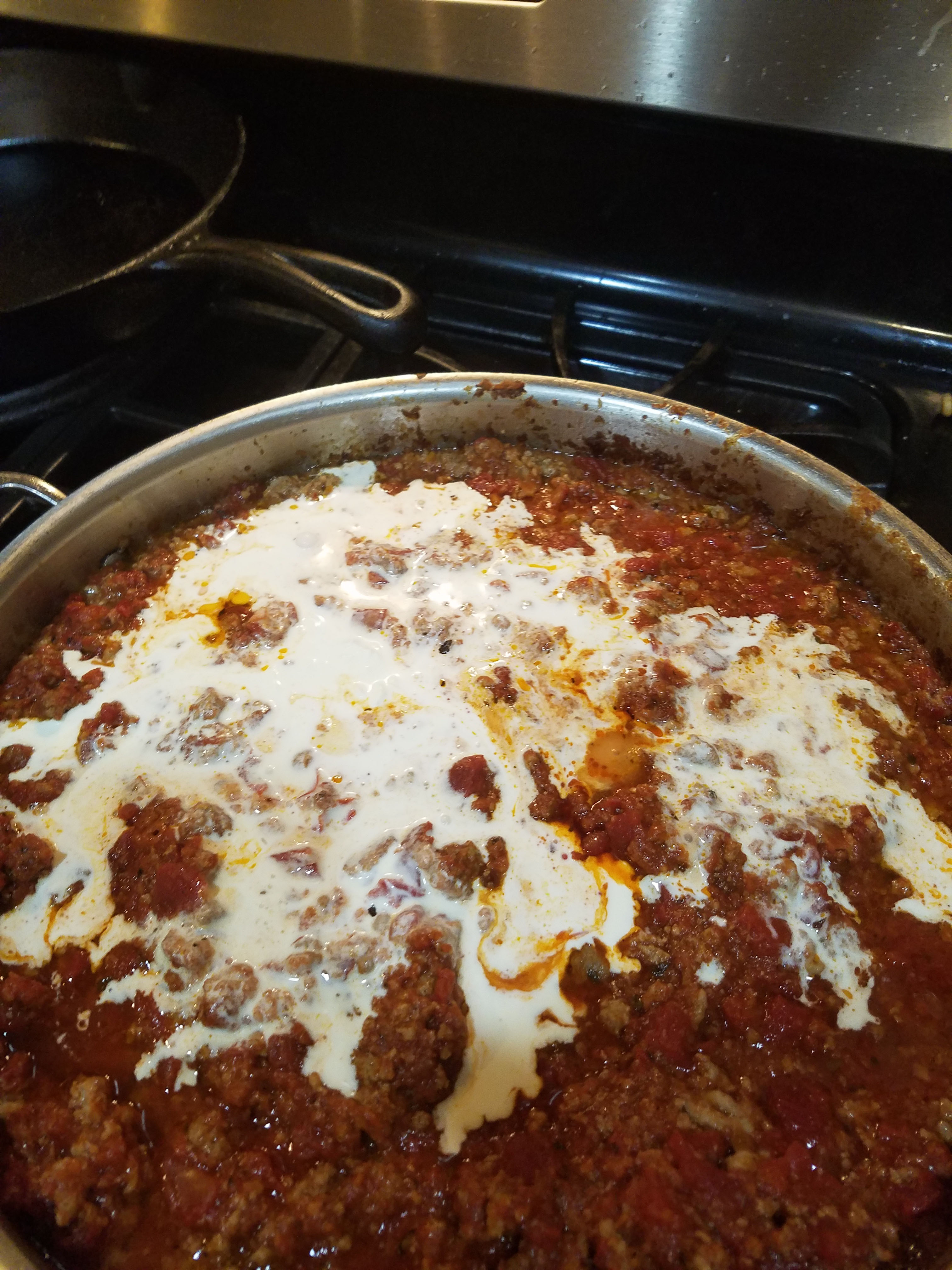
Because this is a time-consuming recipe I make a big batch. This is enough to feed probably 12 people. What I do is save half the sauce to make a lasagna which I then freeze.
For using this in Lasagna with Bolognese and Bechamel go here.

